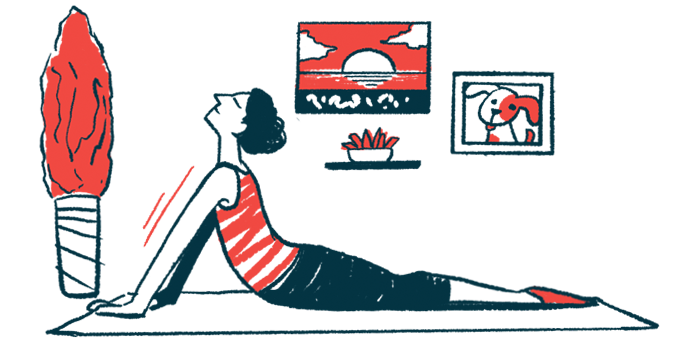Pilates may ease Parkinson’s disease upper limb bradykinesia
Researchers studied 15 patients who took part in 18 exercise sessions

A six-week Pilates-based exercise program helped reduce bradykinesia of the upper limbs in a small group of people with Parkinson’s disease, a study from Brazil reports.
The study, “Short-term effects of Pilates-based exercise on upper limb strength and function in people with Parkinson’s disease,” was published in the Journal of Bodywork and Movement Therapies.
Bradykinesia describes abnormally slow movements, which is one of the four core motor symptoms of Parkinson’s. It can affect the arms and hands, making it difficult to carry out daily tasks that require coordination and dexterity, such as handling coins or opening a jar.
Along with medication and a range of treatment options, regular physical exercise can help people with Parkinson’s ease motor symptoms. Here, researchers in Brazil tested whether engaging in Pilates could ease motor impairments that affect the upper limbs.
What is Pilates?
Pilates consists of exercises that use controlled movements and breathing to strengthen muscles, gain flexibility, and correct posture while sitting and standing. It can be done using specialized equipment or on a mat.
“Because most Pilates exercises comprise bilateral coordination tasks … in which a hand grip is used to control the equipment, we hypothesized that [they] may improve not only upper limb muscle strength but also bradykinesia and dexterity,” the researchers wrote of the study, which included 15 people (11 men, four women) with mild to moderate Parkinson’s who completed 18 Pilates sessions using four types of specialized machines. The participants’ median age was 66 and the median time since their diagnosis was four years. Seven (47%) were overweight.
The program lasted six weeks, with three sessions a week. Each 30-minute session consisted of a warmup for stretching the shoulder muscles, a set of exercises that challenged strength and coordination, and a cool-down for stretching. Difficulty was increased gradually throughout the program.
Adherence to the program was excellent at 100% and the only reported side effect was mild muscle pain. After six weeks, no changes were reported in upper limb muscle strength, dexterity, or the ability to carry out daily tasks. The patients did have a 1-point reduction in global spontaneity of movements, a measure of bradykinesia on the MDS Unified Parkinson’s Disease Rating Scale, where a higher score reflects worse symptoms.
“Changes in upper limb bradykinesia encourage randomized clinical trials,” wrote the researchers, who said the Pilates-based exercise program appeared to be feasible and safe, but the “observed results must be considered preliminary.”







